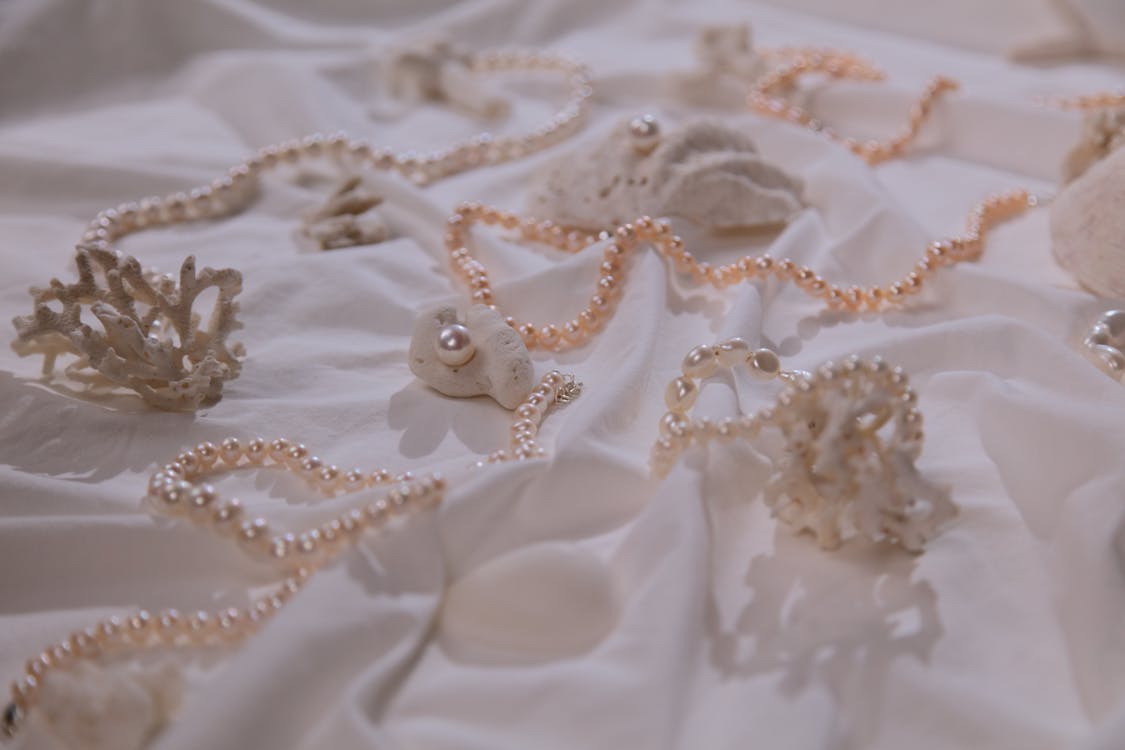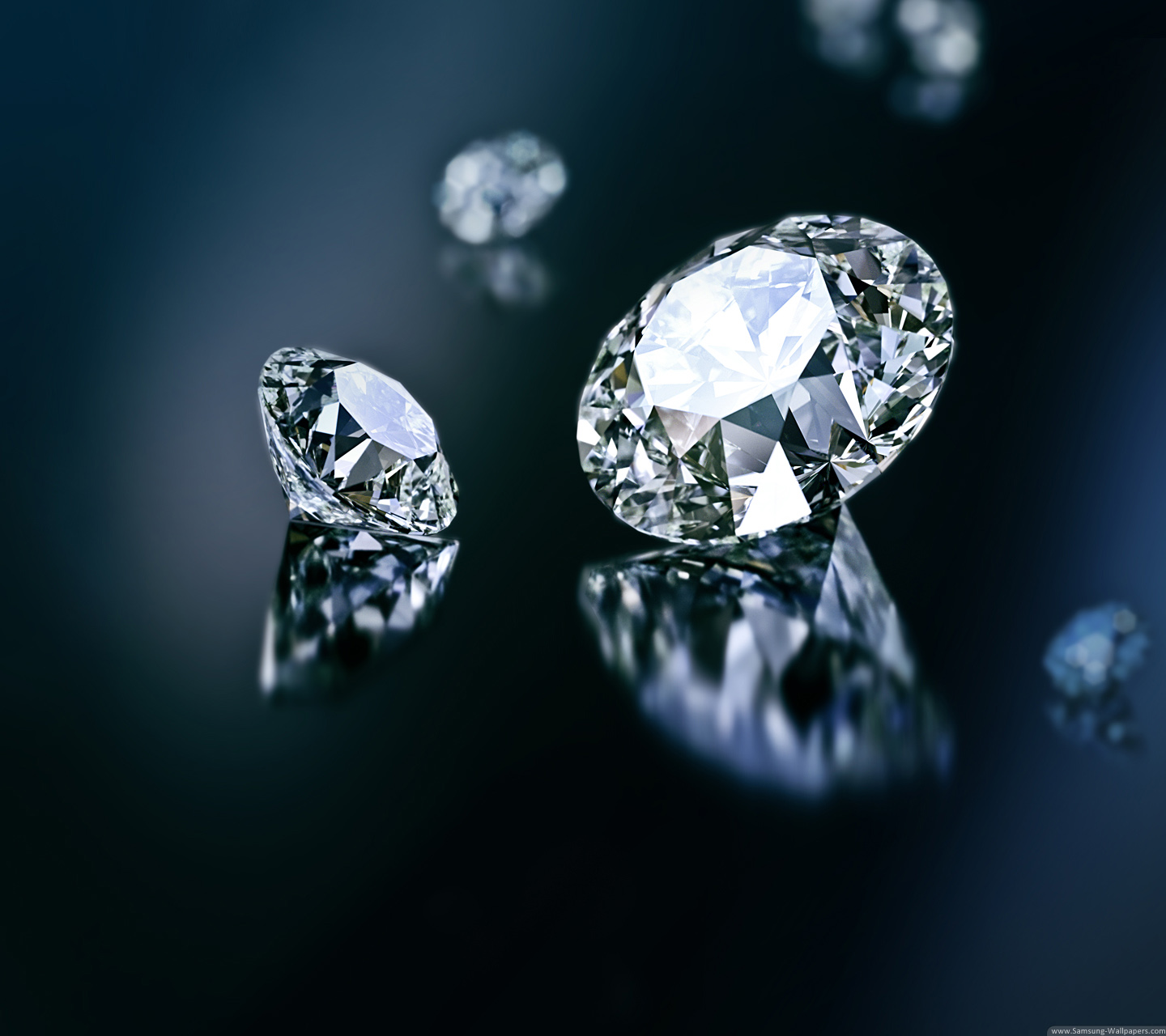Diamond cutting is a meticulous and intricate process that transforms rough stones into dazzling gems. This craft, blending artistry and science, has evolved over centuries, incorporating both traditional techniques and modern technological advancements. Understanding the nuances of diamond cutting not only enhances appreciation for these precious stones but also underscores the skill required to reveal their true beauty.
Table of Contents
The History of Diamond Cutting
Early Techniques and Evolution
The history of diamond cutting dates back to the Middle Ages. Initially, diamonds were used in their natural octahedral form, which did not require any cutting. However, as the demand for more brilliant and aesthetically pleasing stones grew, cutters began experimenting with simple techniques. The first notable advancement was the development of the “point cut” in the 14th century, which merely polished the diamond’s natural facets.
The Renaissance of Diamond Cutting
The Renaissance period marked significant progress in 다이아 컷팅. The introduction of the “table cut” in the 15th century allowed for a larger, flat surface on the diamond, enhancing its brilliance. This period also saw the birth of the “rose cut,” characterized by a flat base and a dome-shaped top with triangular facets. These innovations were pivotal in showcasing the diamond’s ability to reflect and refract light, leading to greater demand and appreciation.
Modern Diamond Cutting Techniques
The Brilliant Cut Revolution
The most significant breakthrough in diamond cutting came in the 20th century with the invention of the “brilliant cut.” Marcel Tolkowsky, a mathematician, developed this cutting style in 1919. The brilliant cut maximizes a diamond’s fire and brilliance by optimizing the angles and proportions of its 58 facets. This cut remains the most popular choice for engagement rings and fine jewelry.
Advanced Technology and Precision Cutting
Today’s diamond cutting process benefits greatly from technological advancements. Laser cutting, computer-aided design (CAD), and 3D modeling allow for unprecedented precision and creativity. These tools enable cutters to plan and execute intricate designs that were previously unimaginable, ensuring minimal wastage and optimal use of the rough stone.
The Diamond Cutting Process: Step by Step
Planning and Mapping
The first step in diamond cutting involves careful planning and mapping of the rough stone. Advanced imaging technology and software are used to analyze the diamond’s internal structure, identifying inclusions and determining the best possible cuts to maximize yield and quality.
Cleaving or Sawing
Once the planning phase is complete, the diamond is cleaved or sawed. Cleaving involves splitting the diamond along its natural grain using a steel blade, whereas sawing utilizes a high-speed diamond-coated rotary blade. Both methods require extreme precision to avoid damaging the stone.
Girdling or Bruting
After the diamond is divided into smaller pieces, it undergoes girdling or bruting. This process shapes the diamond into a round form, preparing it for faceting. Traditionally, this was done manually, but modern techniques use lasers for more accuracy.
Faceting and Polishing
The final steps involve faceting and polishing. During faceting, each facet is carefully cut and shaped to ensure maximum brilliance. Polishing smooths out the facets, enhancing the diamond’s ability to reflect light. This phase requires exceptional skill, as even minor errors can significantly impact the diamond’s appearance and value.
Factors Influencing Diamond Cutting
Quality of the Rough Stone
The quality of the rough diamond plays a crucial role in the cutting process. Factors such as size, shape, and the presence of inclusions influence the cutter’s decisions. Higher-quality rough diamonds yield more valuable finished stones.
Cutting Expertise
The cutter’s expertise and experience are paramount. A skilled cutter can transform a rough stone with imperfections into a stunning gem, whereas an inexperienced cutter may reduce the stone’s potential value. The precision of the cut directly affects the diamond’s brilliance, fire, and overall appeal.
Ethical Considerations in Diamond Cutting
Conflict-Free Diamonds
The diamond industry has faced scrutiny over the sourcing of rough diamonds, particularly regarding conflict or “blood” diamonds. Ethical considerations have led to initiatives such as the Kimberley Process Certification Scheme (KPCS), ensuring that diamonds are mined and traded in conflict-free zones. Consumers are increasingly aware of these issues, driving demand for ethically sourced diamonds.
Sustainable Practices
Sustainability in diamond cutting extends beyond sourcing. It encompasses energy-efficient technologies, waste reduction, and responsible labor practices. Modern diamond cutters are adopting greener methods to minimize their environmental impact, responding to growing consumer consciousness about sustainability.
The Future of Diamond Cutting
Technological Innovations
The future of diamond cutting looks promising with ongoing technological innovations. Advancements in artificial intelligence (AI) and machine learning are set to revolutionize the industry, enabling even greater precision and efficiency. These technologies will likely lead to new cutting styles and further optimize the use of rough stones.
Synthetic Diamonds
The rise of synthetic diamonds, also known as lab created diamonds, presents both challenges and opportunities for the industry. While they offer a sustainable and ethical alternative, they also require different cutting techniques due to their unique properties. The growing acceptance of synthetic diamonds may lead to specialized cutting practices tailored to these stones.
Conclusion
Diamond cutting is a blend of art and science, requiring both technical expertise and creative vision. From its historical roots to modern innovations, this craft continues to evolve, driven by technological advancements and ethical considerations. Whether through traditional methods or cutting-edge techniques, the goal remains the same: to unlock the breathtaking beauty of one of nature’s most precious creations.




